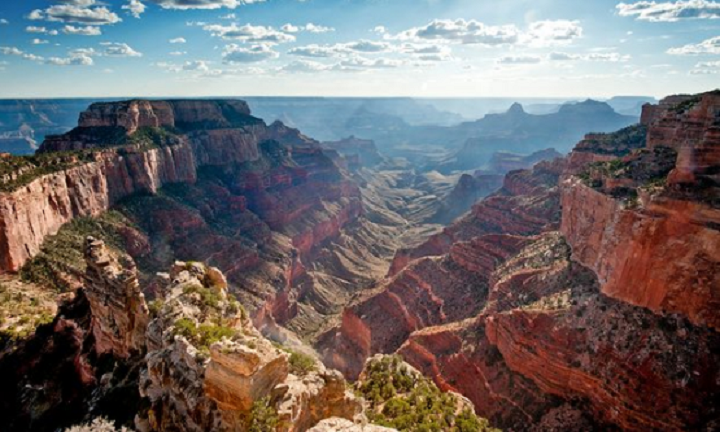An effort to protect the environment, the Obama administration issued a 20-year ban on uranium mining near the areas surrounding the Grand Canyon in 2012. Now, the local governments of Arizona and Utah are pushing for recently-elected president Donald Trump to lift the ban.
Not only are officials calling for a lift on Obama’s mining ban, they are also advocating for the abolishment of several of Arizona’s national monument designations (protected area in the United States by the proclamation of the president) such as Grand Canyon-Parashant and Vermillion Cliffs. The reasoning for wanting to abolish the designations was that it has limited coal, natural gas, and oil production in and around the area, according to Knau Arizona Public Radio, resulting in a weakened local economy.
Since the ban in 2012, mining companies and other groups with ownership surrounding the Grand Canyon have argued against the US Department of the Interior’s decision to ban new uranium mining from the land near the national park. Citing the ban to be a mistake, they claim it is based on speculative environmental risks, criticizing the federal to be overly-cautious. A series of lawsuits were filed against Obama’s administration for his decision during this time, eventually ending in 2014 with a court order to keep the ban in place. According to the ruling, lifting the ban would result in 26 new uranium mines to go into development, along with 700 uranium exploration projects, resulting in the consumption of at least 1.2 billion liters of water, negatively affecting the plants and animals in the surrounding environment. Supporters of the ban also noted that new mining activity around the Grand Canyon will most likely increase the risk of water flowing into the Canyon to be contaminated with uranium; both an environmental and health concern.
While the so-called Arizona Strip represent about 40% of US reserves in uranium resources, when the element was being mined in that area during the Cold War for the government’s nuclear weapons program — across the Navajo Nation reservation which ranged from western New Mexico into Arizona and southern Utah — major environmental damage took place. Today, there are over 500 abandoned uranium mines located in the Navajo Nation reservation, with only enough funding to begin the cleanup process for around 200 uranium mines.
Featured Image: Twitter










